A PORTFOLIO OF EVENTS TO BRING TOGETHER BUYERS AND SELLERS...

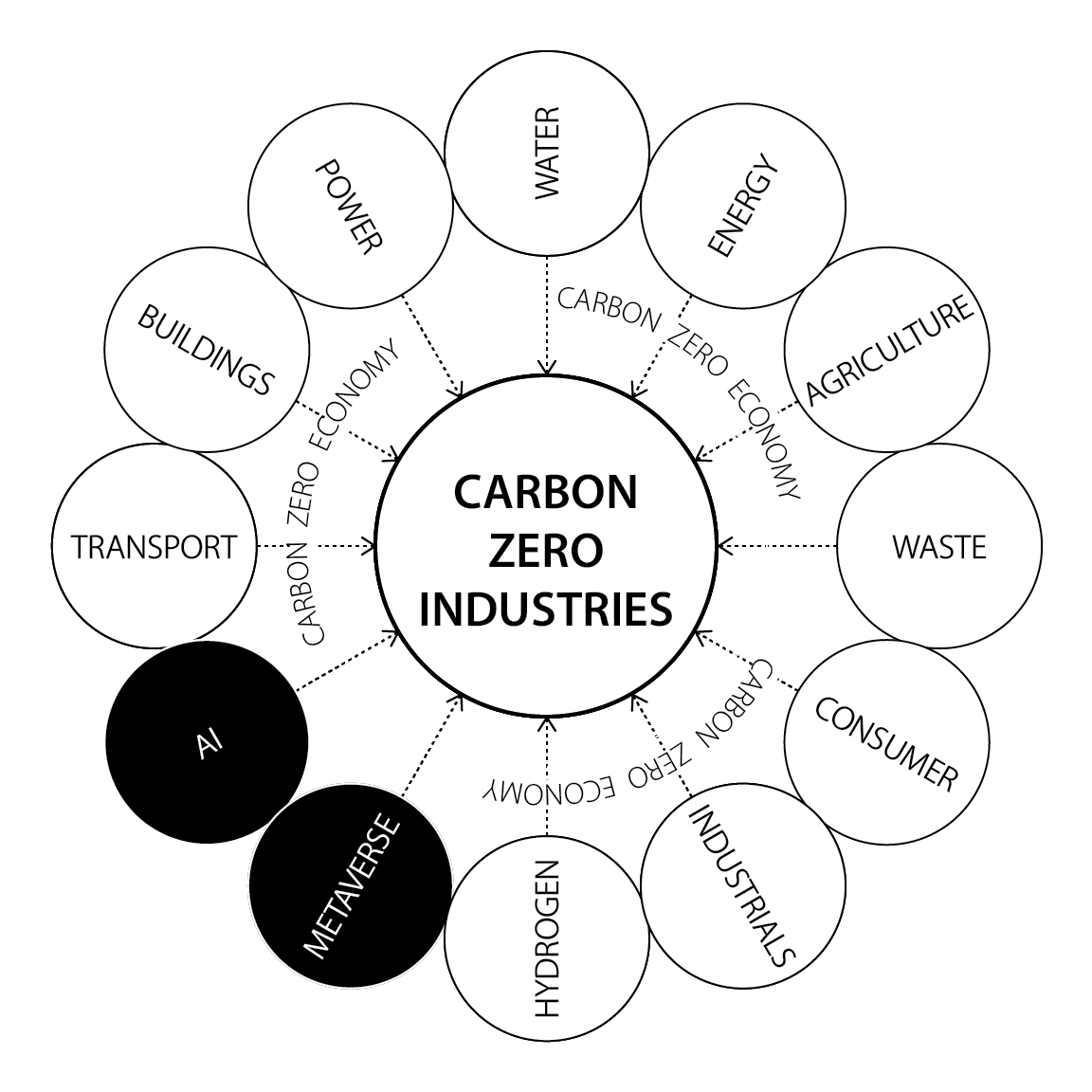
| UPCOMING CATALYSTS |
|---|
| #5: Micro Cargo Wars, the Epilogue — Recap and future logistics insights. Summary here. |
| #6: Micro Mobility Revolution — E-bikes, scooters, and the impact of urban walkability on carbon footprints. |
| #7: Carbon Zero Buildings — The shift in urban architecture to green materials and solar power. |
| #8: Urban Agriculture — Transforming vacant spaces into productive urban farms. |
| #9: Water Innovation — Innovative techniques in rainwater harvesting and aqueduct repairs. Includes sponge city concepts (pedestrianization). |
| #10: Waste Innovation — Exploring Waste-to-Energy and advanced recycling methods in NYC. |
| #11: Metaverse and Urbanism — Integrating environmental education with urban planning in the digital realm. |
| #12: Carbon Zero Industrials — Transforming interactive public spaces in FiDi. |
| #13: Hydrogen — Integrating environmental education with urban planning in the digital realm. |
| #14: Energy in a Carbon Zero City — Transforming interactive public spaces in FiDi. |
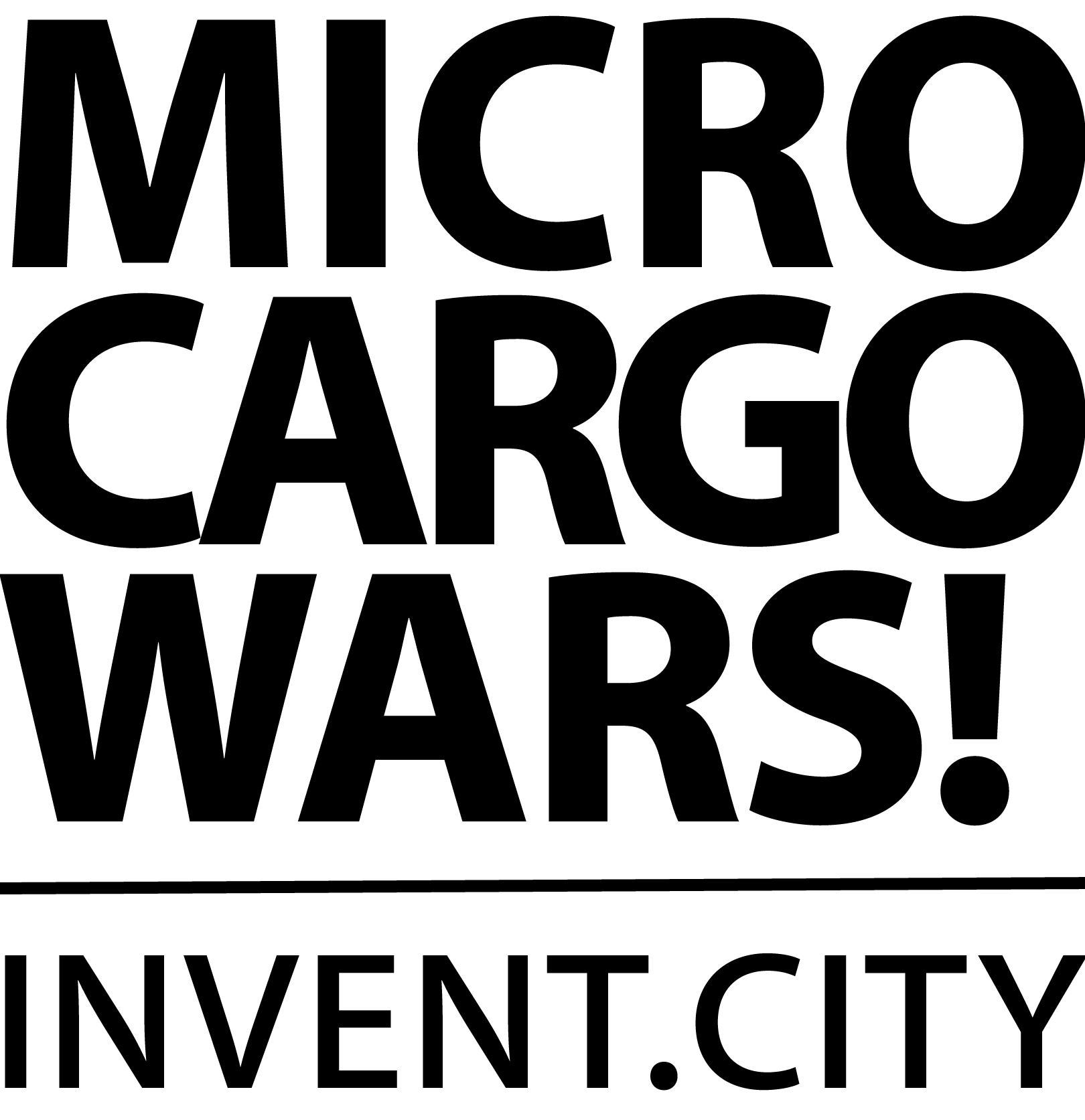
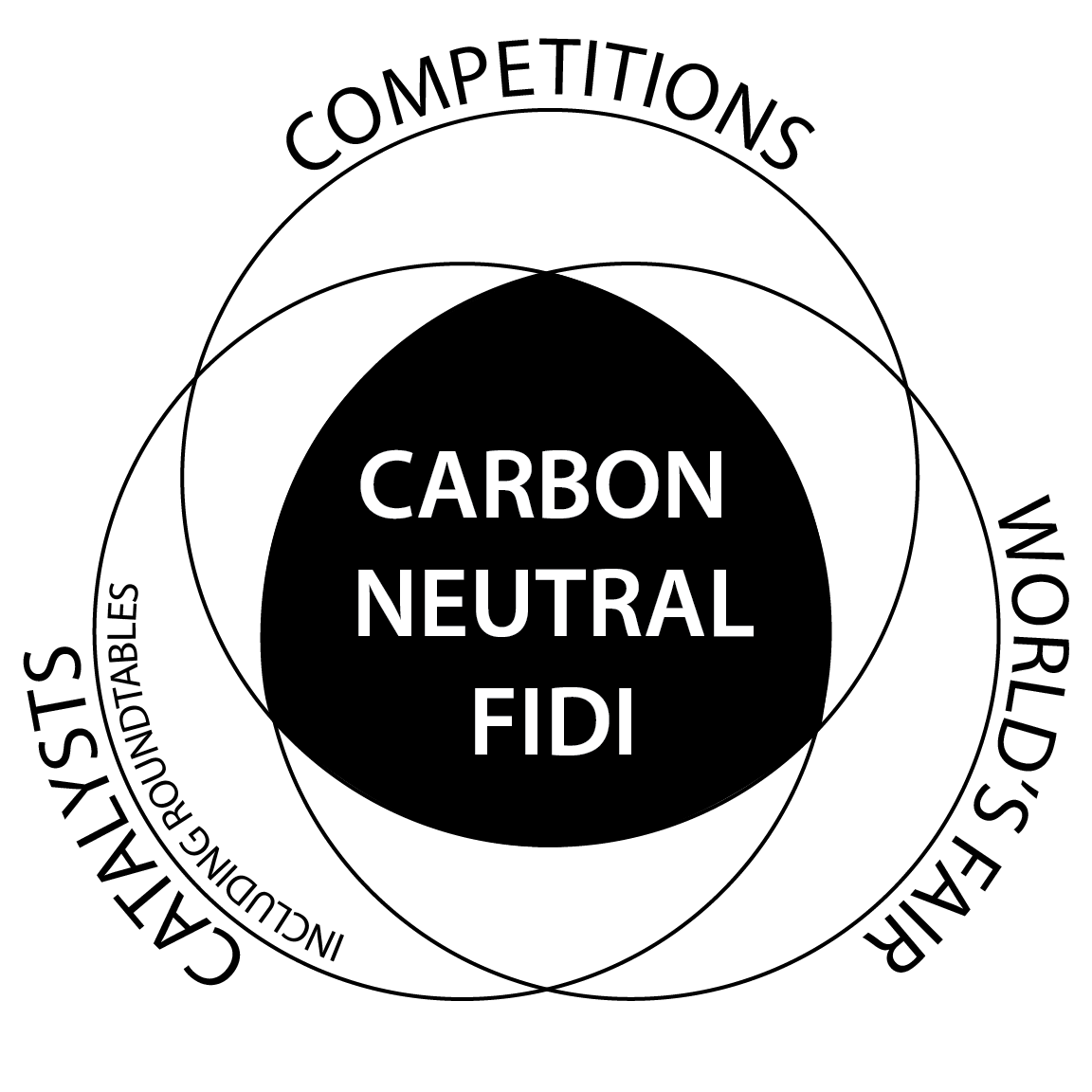
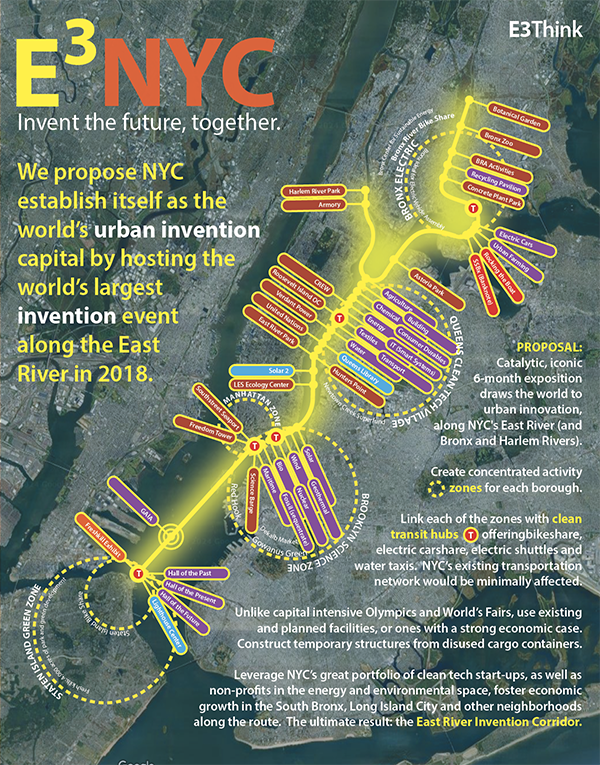
Image from an earlier ideas competition in 2012 — The concept was to host a fair along the East River to promote NYC as an urban invention capital and finance infrastructure improvements along the East River. It looked to establish what is currently called, the Blue Highway.
| POTENTIAL IDEATION TOPICS |
|---|
| The Blue Highway — Rediscover NYC's aquatic essence, leveraging the city's waterfront for cargo transit to reduce street congestion. |
| Urban Hubs — Transform vacant retail spaces into vibrant centers for micro-transit, innovative waste management, and public services. |
| Smart Urban Neighborhoods — Thrive through IoT and AI, where technology enhances urban life and commerce. |
| Urban Energy — Explore pioneering strategies for solar power and renewable energies for a cleaner NYC. |
| Water as the Sixth Borough — Innovative projects aim to reinvigorate NYC's waterways for leisure and natural harmony. |
| Pedestrianization of FiDi— Transform the Financial District into a pedestrian paradise, exploring the potential upsides and challenges. |
| Metaverse and the Economy — Blur the lines between digital and physical, merging virtual communities with urban life for new ways to connect. |

| NYC WORLD'S FAIRS |
|---|
| Exhibitions of the Industries of All Nations 1853/54, Bryant Park The Crystal Palace, a marvel of glass and iron, captivated 1.5 million visitors, marking the industrial age's advent. Elisha Otis's live demonstration of his safety elevator, by cutting its only support rope, became a landmark event, heralding the era of skyscrapers. |
| Building the World of Tomorrow 1939/40, Flushing Meadows, Queens Amidst the Great Depression and the onset of WWII, this fair presented a vision of hope with its 45 million visitors. The Perisphere's "Democracity" exhibit, a utopian city model, showcased a future harmonized by technology and urban planning. |
| Peace Through Understanding 1964/65, Flushing Meadows, Queens GM's "Futurama II" envisioned the future of transportation with self-driving cars. The IBM Pavilion introduced early computer technology, and the Ford Mustang's launch set a new standard in automotive design. The Unisphere and "It's a Small World" promoted global unity, attracting 51 million visitors. |
| Carbon Zero City 202?, Financial District: Aiming to transform FiDi into a model for carbon neutrality, this envisioned fair focuses on showcasing sustainable urban solutions, from micro-transportation to green buildings. Projecting 5 million physical and 45 million virtual visitors, it seeks to redefine urban living for a sustainable future. |
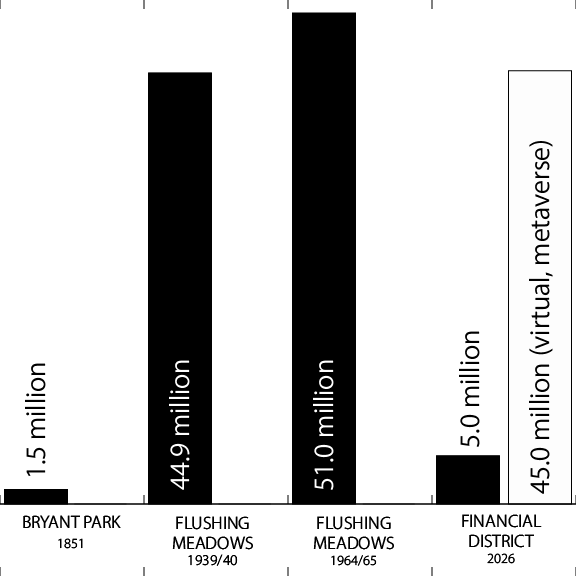
Invent City would be NYC's 4th Worlds Fair — The metaverse and virtual experiences offer new opportunities for showcasing innovation, reaching a larger market, and deepening experiences and relationships.
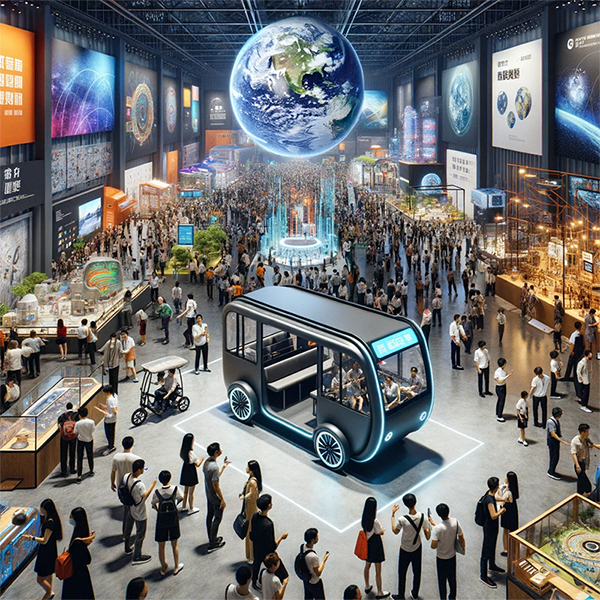
Transportation Exhibit — Explore the evolution and future of urban transportation systems.
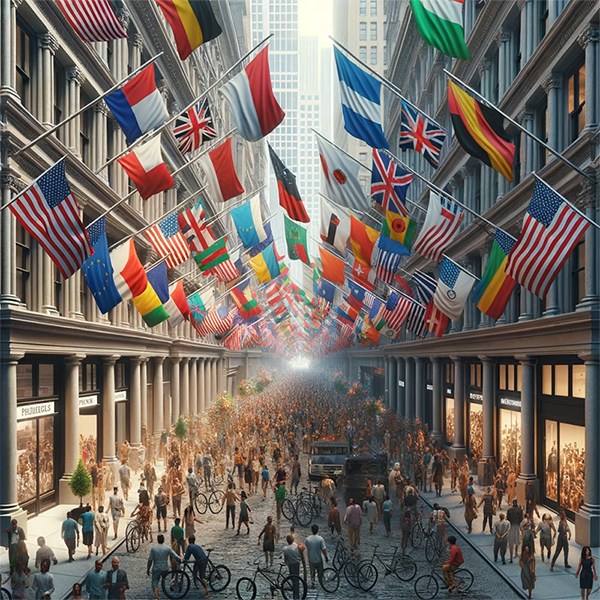
Street Fair — Immerse yourself in the vibrant streetscape of NYC with local artisans and performers.
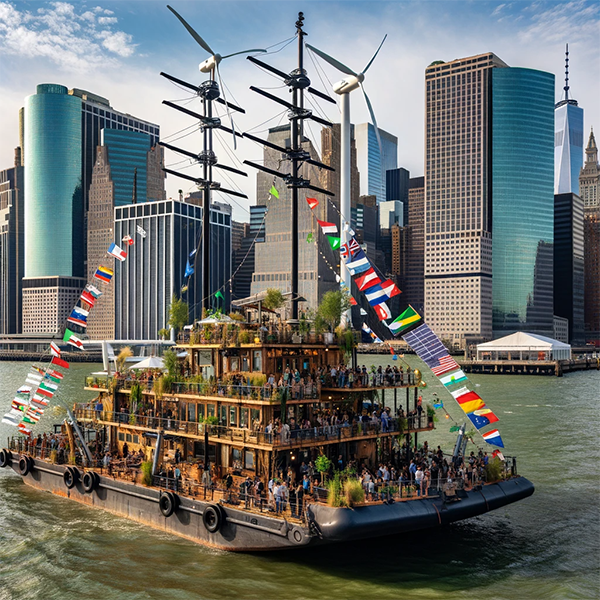
Wind Powered Ferries — Discover the innovative use of wind power in modern ferry transportation, promoting sustainability.
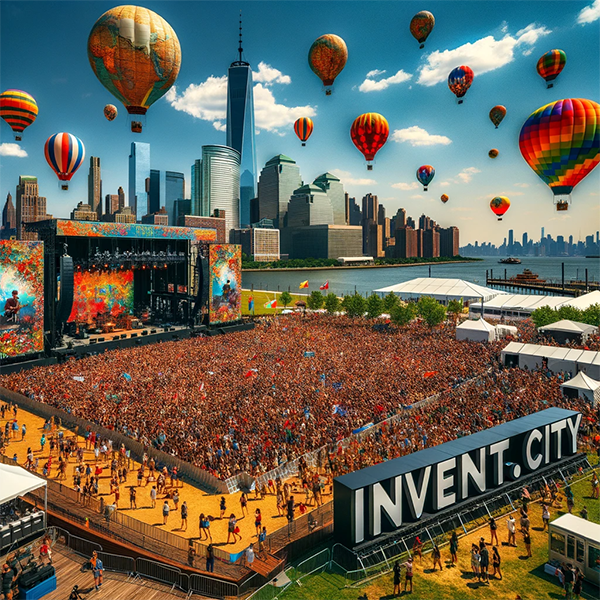
Concerts — Experience live music with a stunning backdrop, showcasing diverse genres and talents.
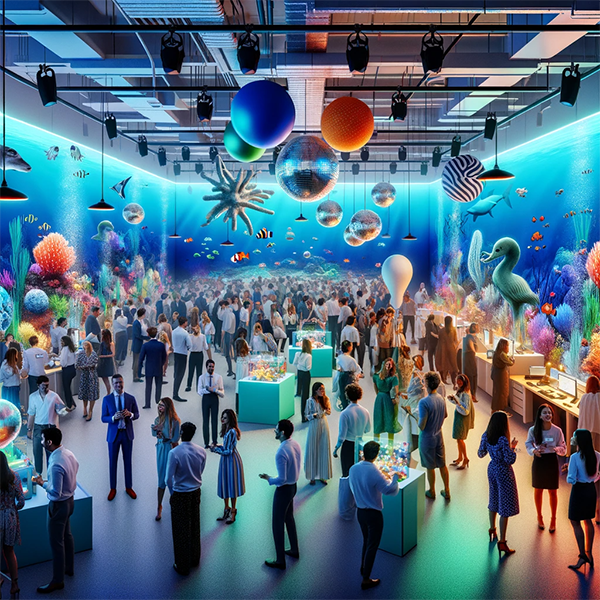
Ocean and Water Exhibit — Dive into the depths of water's impact on our planet, exploring ecosystems and conservation efforts.
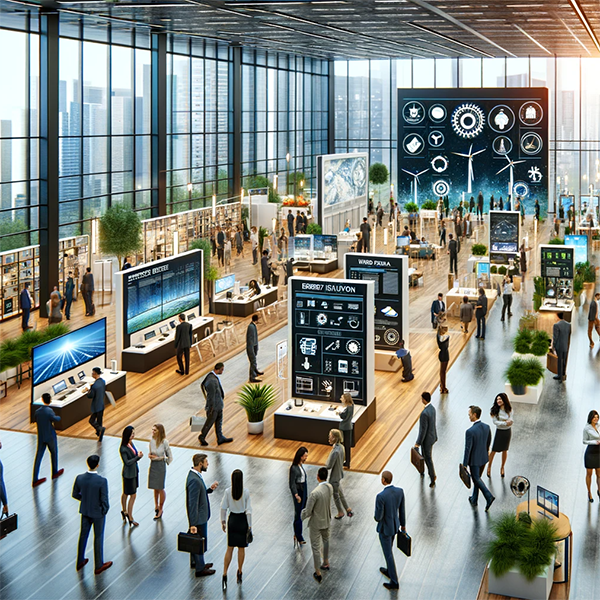
Energy Innovation Exhibit — Explore groundbreaking energy solutions and innovations, highlighting sustainable practices and future technologies.
| World's Fair Attractions |
|---|
| See innovation before in market |
| Explore future cities in metaverse |
| Play futuristic interactive games |
| Cultural Exchange |
| Experience innovative exhibitions |
| Entertainment and Performances |
| Unique Souvenirs and Products |
| Networking and Global Unity |
| Recreational Activities |
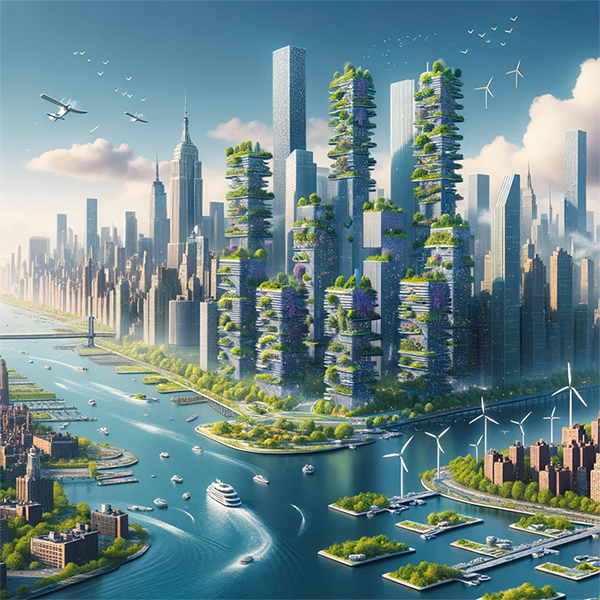
New York City in 2100 —It's become a symbol of what humanity can achieve when it commits to sustainability, innovation, and equality. It's a city that respects its environment, cherishes its communities, and embraces the future with optimism and purpose.
| BUSINESS BENEFITS OF A WORLD'S FAIR |
|---|
| Learn about market-ready innovation. |
| Discover upcoming innovative solutions. |
| Network with possible suppliers/partners. |
| Industry + technology insights |
| Connect with potential investors. |
| Explore industry collaboration opportunities. |
| Engage via interactive exhibits. |
| Market Expansion |
| Brand Visibility and Promotion |
| Cultural Understanding |
| Market Research |
| Strengthen Customer Relationships |
| Media and Publicity |
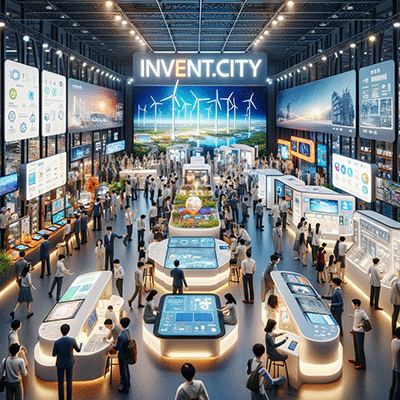
A pavilion on energy innovation.— It has become a symbol of what humanity can achieve when it commits to sustainability, innovation, and equality. It's a city that respects its environment, cherishes its communities, and embraces the future with optimism and purpose.
| THE GREAT EXHIBITION London, 1851 Industry Of All Nations Innovations: The Crystal Palace (a massive iron and glass structure), early telegraph systems, industrial machinery. |
| NEW YORK CRYSTAL PALACE EXHIBITION New York, 1853 Display Of Industry And Technology . Innovations: The Latting Observatory (a wooden tower taller than the Washington Monument at the time), early telegraph systems, and a precursor to the elevator. |
| CENTENTIAL EXPOSITION Philadelphia, 1876 Celebrating The U.S.'s 100th Birthday. Innovations: The telephone by Alexander Graham Bell, the typewriter, and Heinz Ketchup. |
| EXPOSITION UNIVERSELLE Paris, 1889 Celebration Of The French Revolution. Innovations: The Eiffel Tower, early versions of the phonograph. |
| WORLD'S COLUMBIAN EXPOSITION (Chicago, 1893) Theme: 400th Anniversary Of Columbus's Arrival In The New World. Innovations: The Ferris wheel, moving walkway, early dishwasher. |
| PAN AMERICAN EXPOSITION Buffalo, 1901 Theme: Advances In Electricity And Technology. Innovations: Electric lighting displays, early X-ray machines. |
| LOUISIANA PURCHASE EXPOSITION St. Louis, 1904 Theme: Celebrating The Centenary Of The Louisiana Purchase. Innovations: Introduction of the ice cream cone, electric typewriter. |
| EXPOSITION INTERNATIONALE DES ARTS DÉCORATIFS ET INDUSTRIELS MODERNES Paris, 1925 Theme: Modern Decorative And Industrial Arts. Innovations: Art Deco design style, which was named after this exposition. |
| 1939 NEW YORK WORLD'S FAIR New York, 1939-40 Theme:The World Of Tomorrow. Innovations: The television, Futurama (an exhibit visualizing the world of 1960), early robots. |
| 1964/65 NEW YORK'S WORLD'S FAIR New York, 1964-65 Theme:Peace Through Understanding. Innovations: The Ford Mustang was introduced, a model of a futuristic moon colony, the Unisphere (a 12-story high model of the Earth), IBM showcased a computer that could draw illustrations, early video phone demonstrations, and Disney introduced "It's a Small World" and audio-animatronics shows. |
| EXPO '67 Montreal, 1967 Theme: Man And His World. Innovations: Habitat 67 (a model community housing project), IMAX film format. |
| EXPO '70 Osaka, 1970 Theme:Progress And Harmony For Mankind. Innovations: Early mobile phones, local area networking technology. |
| SEVILLE EXPO Seville, 1992 Theme: The Age Of Discovery. Innovations: High-speed train linking Madrid to Seville, advanced pavilion designs using new materials. |
| SHANGHAI EXPO Shanghai, 2010 Theme: Better City, Better Life. Innovations: Sustainable urban planning and design concepts, Maglev train technology. |
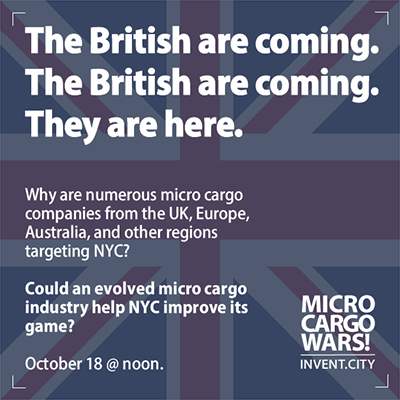
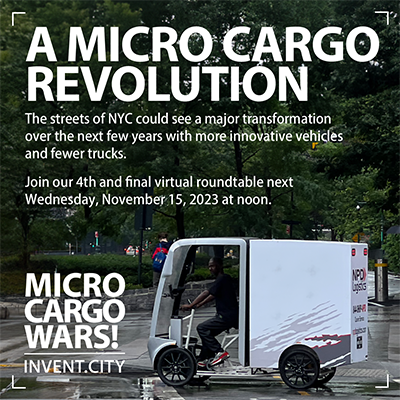
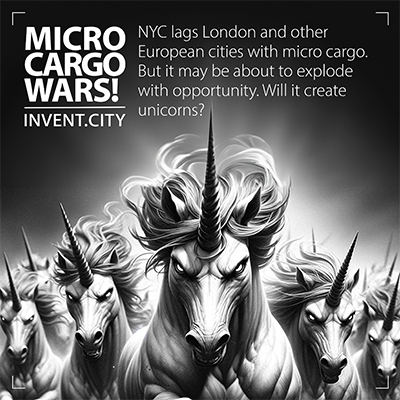
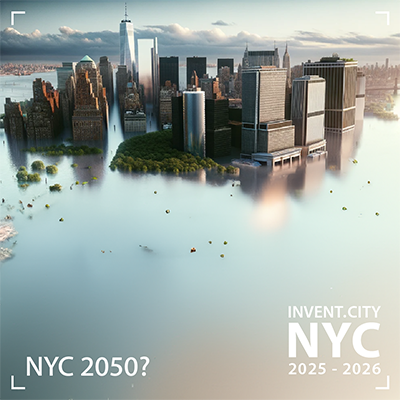
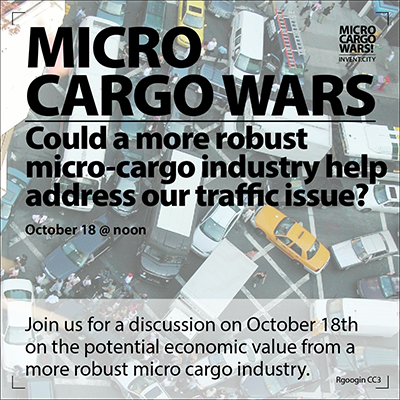
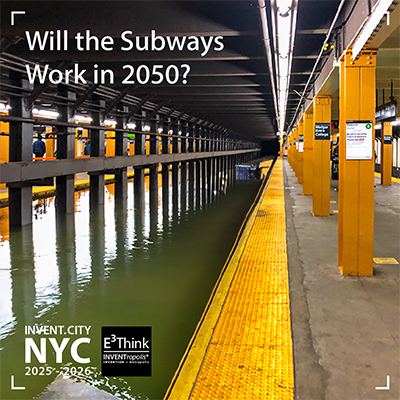
Sign up for a biweekly newsletter (on Mondays). Topics will include key issues in NYC, and specific industries.